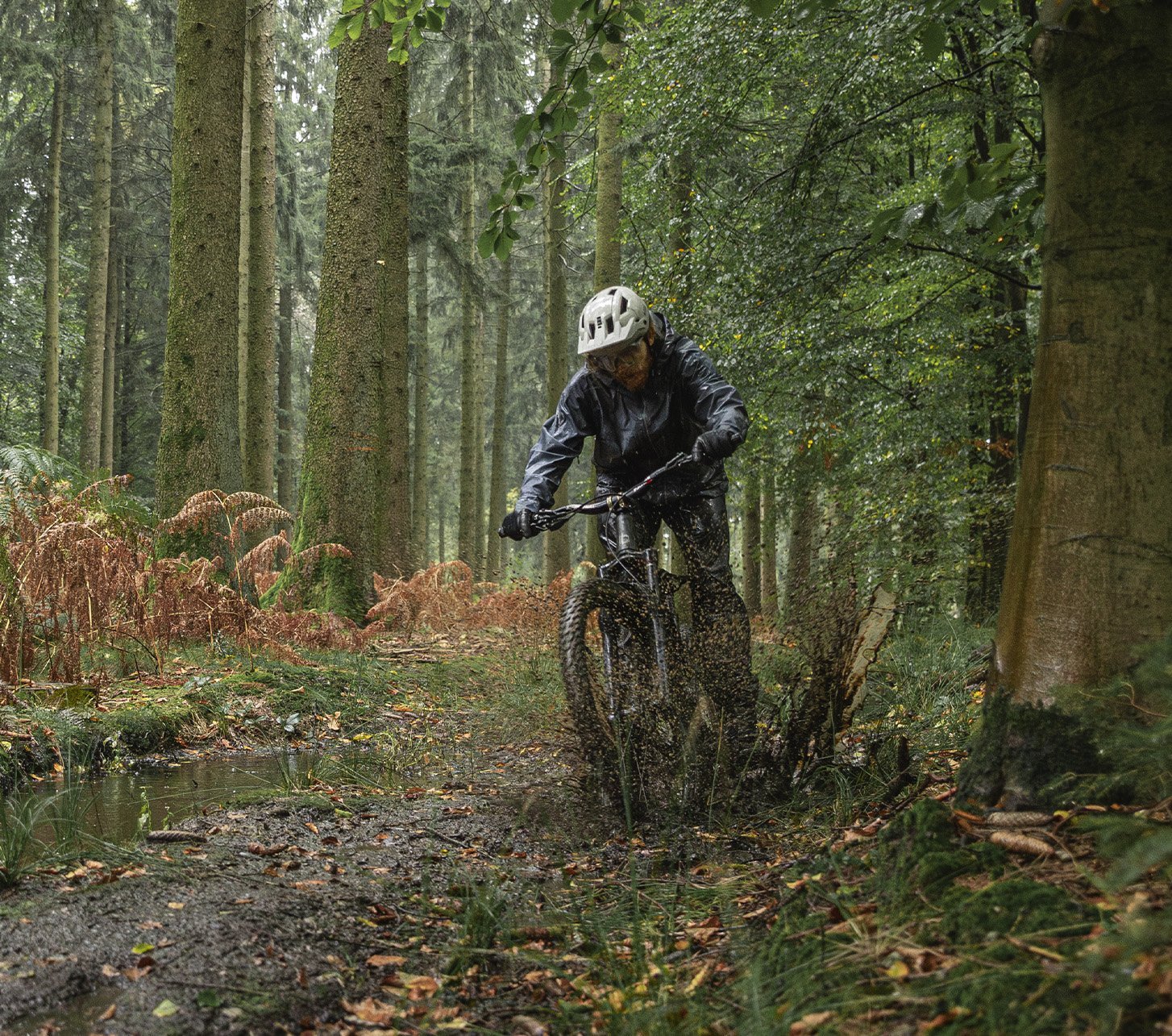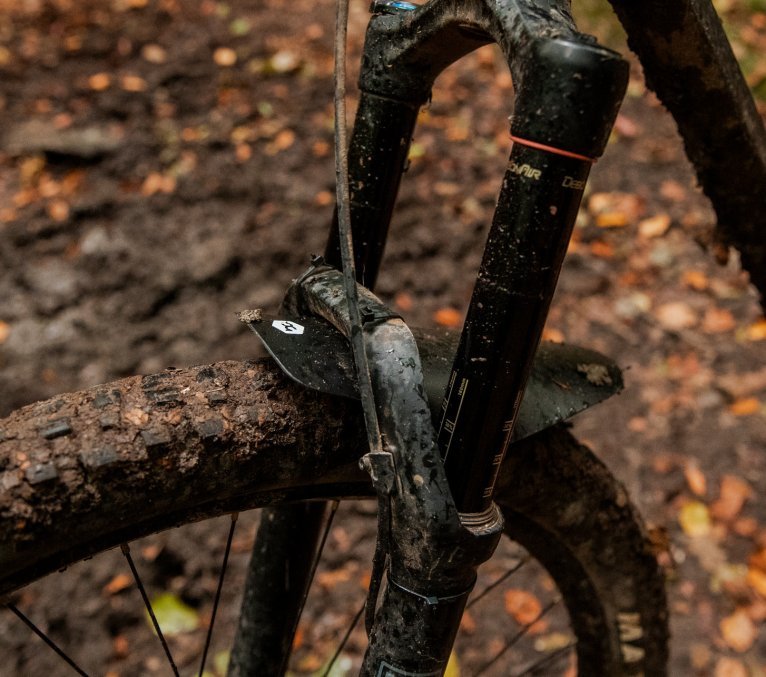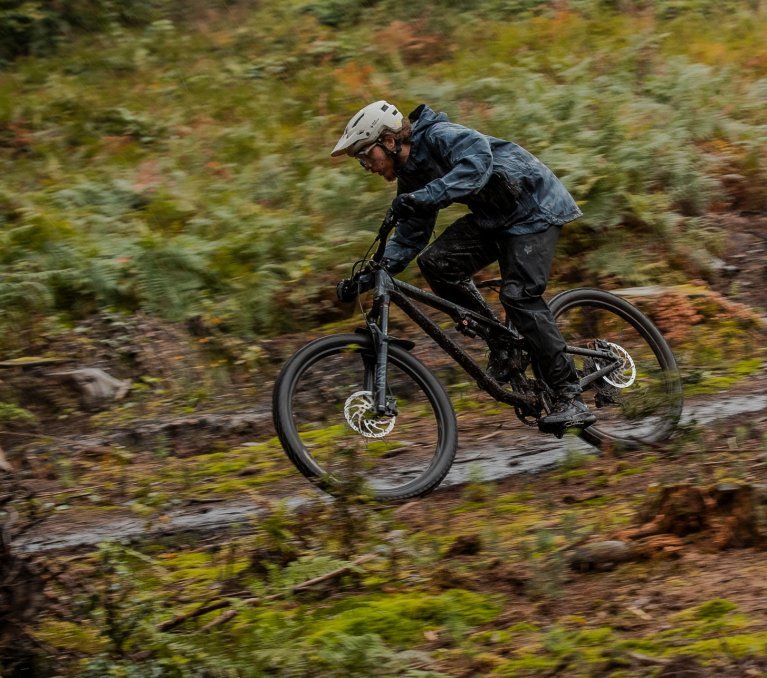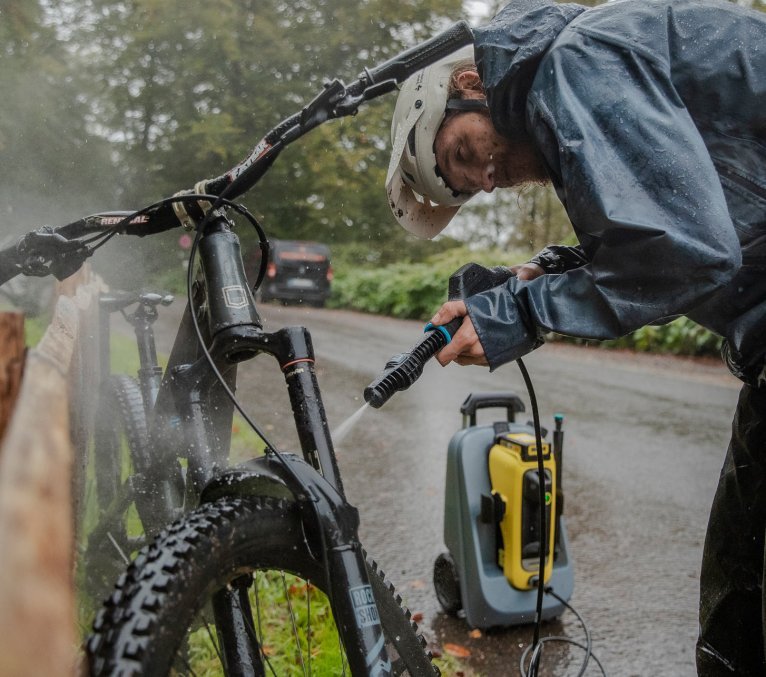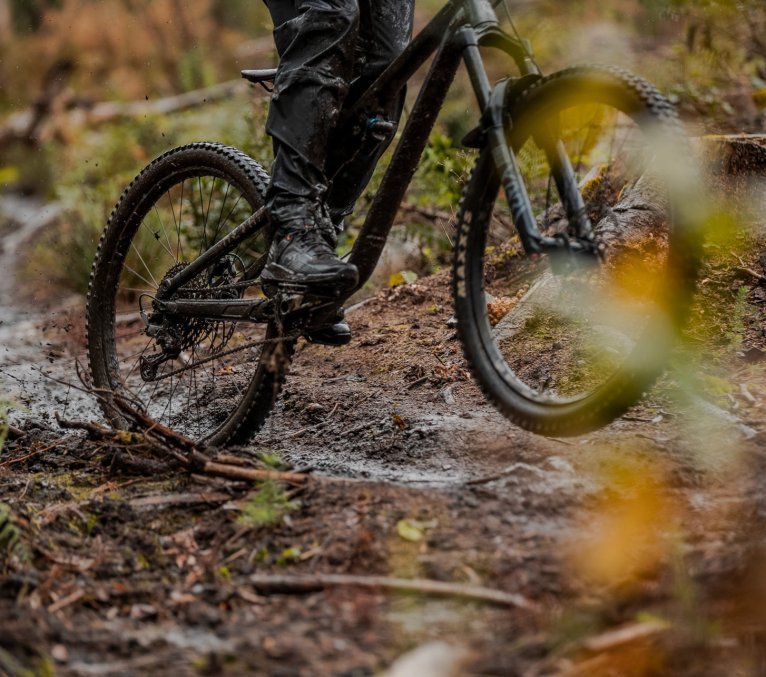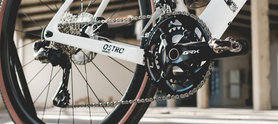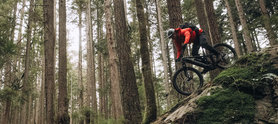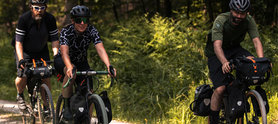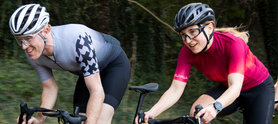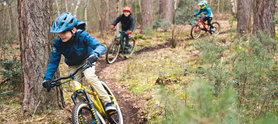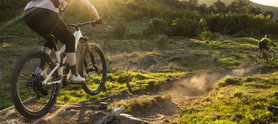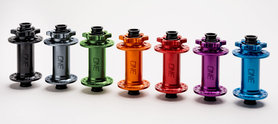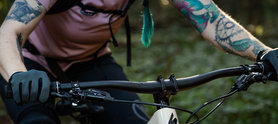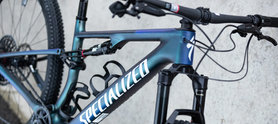Mudpacks for you and your Bike
Get weatherproof gear
It's getting to that time again: it's becoming uncomfortable, wet, and cold. Some take a winter break and dedicate themselves to alternative disciplines, while others defy the elements and cheerfully plow through the mud. The rides get more challenging, both rider and bike are regularly covered in dirt, everything grinds and scrapes, but you love it!
To ensure this love lasts and doesn't end in frustration, we've picked out the most practical accessories and care products for your bike and you. With the right clothing, even a tour in the rain and wet-cold conditions is no problem. Make sure you also choose an appropriate detergent for your rainwear and follow the care instructions to maintain its function in the long term. Let's go!
FENDERS & Mudguards
ESSENTIAL AGAINST MUD AND WETNESS
Mudguards might not rank high in coolness, but they are absolutely necessary in nasty conditions. While mountain biking and gravel biking, they keep both your bike and your backside somewhat clean, and also ensure clear vision on the trail, since a lot of the stirred-up dirt would otherwise end up in your face. The inconspicuous fork mudguards, which are made of plastic contrary to what the name might suggest, have become basic equipment for mountain bikers.
On a city bike, the "big", complete mudguard is the way to go. It keeps almost all the splash water away, protecting not only you but also the bike from corrosion damage.
APPAREL
READY FOR THE MUD? WEATHERPROOF CLOTHING AT TOP PRICES
The right clothing is more important than ever in autumn and winter. You sweat on the uphill, cool down on the downhill - perfect conditions for catching a cold. If you're not up for that, you should invest in decent functional clothing. With an overall, rain and mud stand no chance. Lightweight, breathable clothing provides good protection and comfortable moisture management. You'll find your perfect setup with us.
CLEANING AND CARE
TOP CARE AFTER EVERY MUDDY RIDE – AFFORDABLE CLEANING AND CARE PRODUCTS FOR YOUR BIKE!
Once the mud crust has dried, cleaning becomes torture. Not only does the paint suffer, but so does the motivation for the next ride. Therefore, we recommend cleaning the bike immediately after the tour - while everything is still wet. With a pressure washer, you can reliably remove all the dirt without damaging the sensitive bearings. For stubborn dirt, we have special bike cleaners that are, of course, biodegradable. Afterwards, you can make your bike more resistant to new dirt with various care products.


